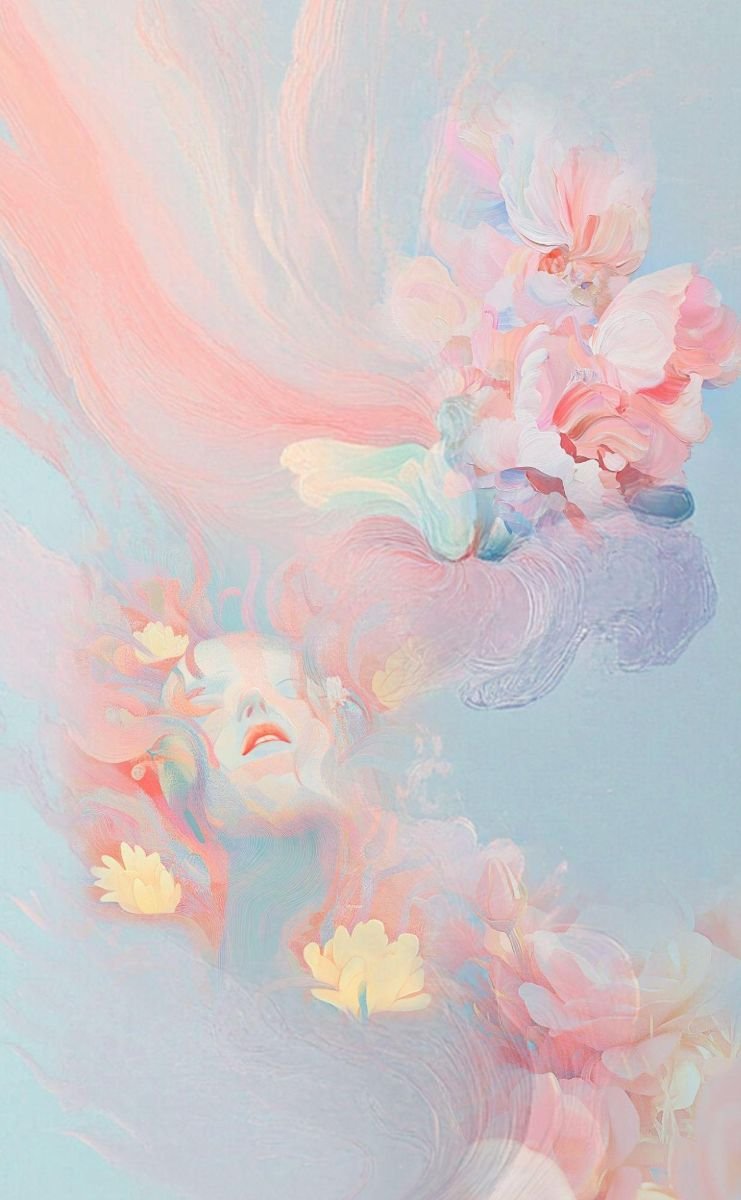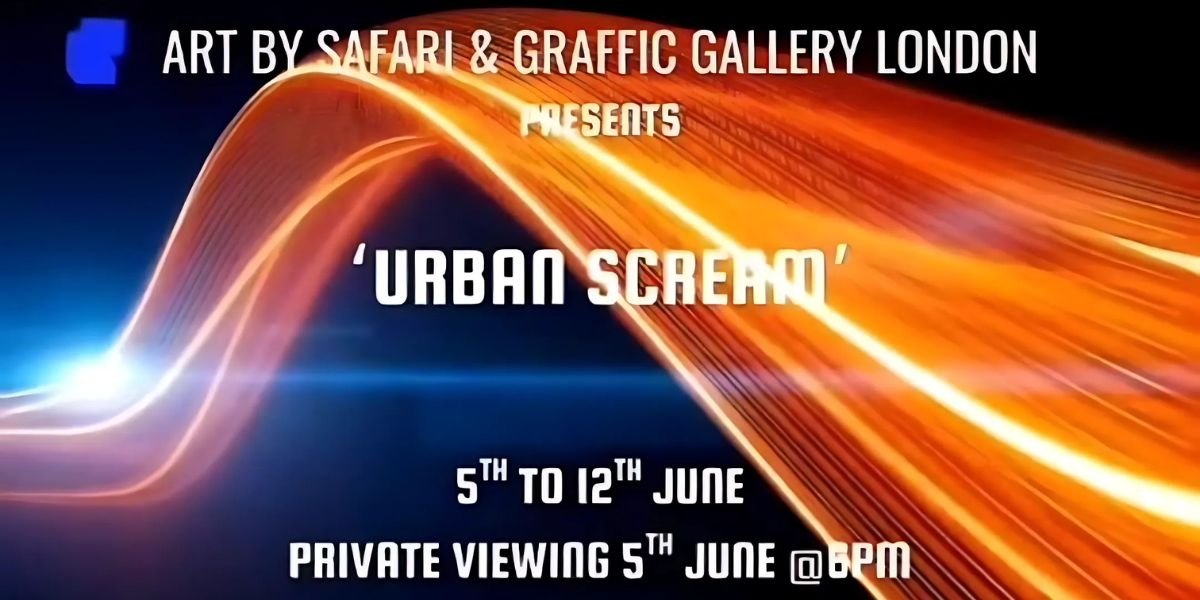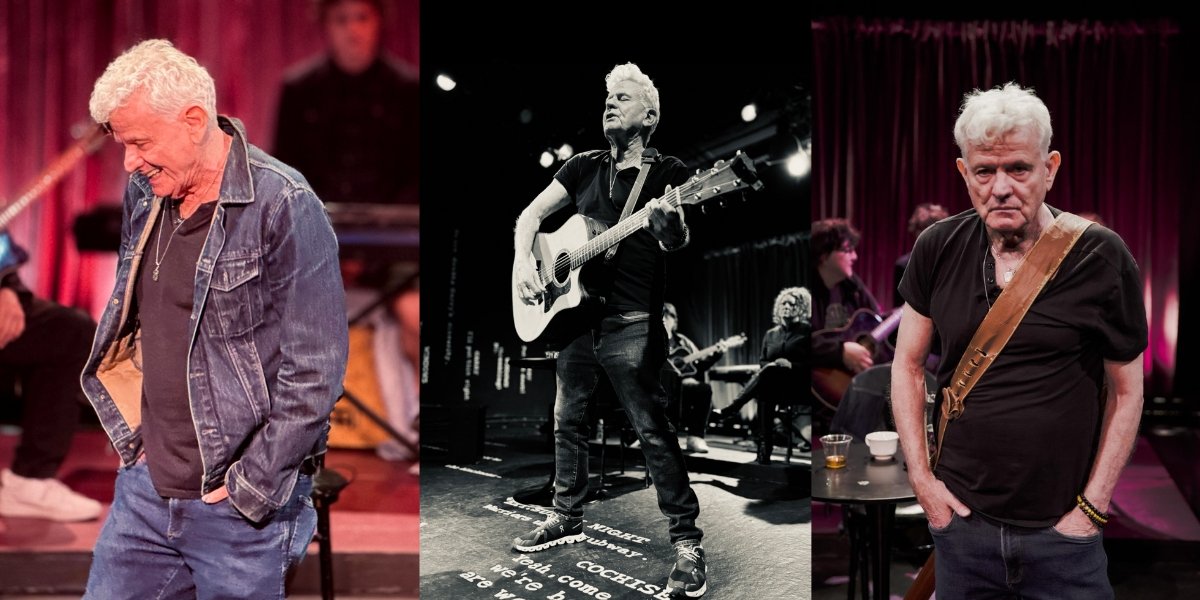For its annual spring survey of botanical-themed art, Las Laguna Art Gallery invited 102 artists representing five continents to explore petals, leaves, and stems through a wide variety of media. Staged simultaneously in the gallery’s South Coast Highway space and on a dedicated online portal, “Botanic & May Flowers” continues an exhibition model the Laguna Beach venue has developed since launching monthly open calls in 2013: every submitting artist is provided with digital visibility, while a juried selection may have their work shipped for in-person display.
Located inside the historic Hugo Rivera building just blocks from the Pacific, Las Laguna describes itself as a contemporary-and-fine-art nexus “dedicated to the exploration and engagement of visual culture — regionally, nationally, and internationally.” Its hybrid programme has become a responsive approach to the city’s art-hungry tourist traffic and to the broader audiences cultivated during pandemic shutdowns. High-resolution installation shots and a click-to-collect sales catalogue allow collectors in Seoul or São Paulo to explore the same wall of canvases that weekend strollers encounter on California’s scenic Coast Highway.
That highway traces a shoreline whose painterly mystique has inspired artists since long before Hollywood. Beginning in the 1910s, plein-air painters such as William Wendt and Edgar Payne were drawn to Laguna’s distinctive light, helping to found an art association that eventually included a significant portion of the town’s year-round residents. Festivals and galleries emerged alongside surf shops, embedding the seaside community as one of the West Coast’s enduring art colonies — a legacy Las Laguna continues to engage by presenting emerging voices within the village’s established creative infrastructure.

Photo Courtesy: Liying Peng
(bloom.exe, 2025)
Entering this context is Liying Peng, a China-born, U.S.–based designer-artist whose practice extends across user-experience systems, product development, and speculative visual narratives. Currently a UX project lead at Whirlpool Corporation, Peng has received international design awards from Red Dot, iF Design, MUSE, IDA, and GDUSA for her contributions to consumer product experiences — recognition that reflects her ability to translate conceptual ideas into tangible, functional designs.
Her contribution to “Botanic & May Flowers,” titled bloom.exe, begins with a line of code instead of a graphite sketch. Peng trained a generative adversarial network (GAN) on macro photographs of blossoms, then guided the algorithm through iterative prompts until a single digital flower emerged: radiant, hyper-textured, and almost—but not quite—believable. She then manually intervened, overlaying translucent colour fields and glitch artifacts that pulse in rhythm with an embedded audio track of her own breathing.
The result is a screen-based triptych that nods to the Buddhist adage 一花一世界 (“one flower, one world”). Peng’s interpretation, however, is “a question rather than a conclusion,” she writes in her statement. “AI has no feelings, yet it simulates empathy. When the algorithm reflects my joy or sadness back to me, is that comfort, or projection?”
bloom.exe builds on Peng’s broader body of work, “Sensory Generations,” which explores how technology might reshape bodily intuition in a time of synthetic perception. By situating this piece within Las Laguna’s florally themed exhibition, Peng filters the question of empathy through the enduring metaphor of the flower: a symbol often associated with vulnerability, renewal, and—in digital environments—potentially infinite reproduction.
As “Botanic & May Flowers” concludes, the gallery’s online archive remains active, offering curators and collectors the opportunity to revisit Peng’s work alongside a diverse collection of analog and digital flora. For an artist attuned to the shifting boundary between coded logic and emotional resonance, that ongoing digital presence seems fitting. Long after the physical petals fade, bloom.exe remains accessible in the cloud — waiting for the next viewer to encounter its algorithmic bloom and wonder whether a machine can, in its own way, mirror the feeling of fragrance.
LinkedIn: https://www.linkedin.com/in/liyingpeng/
Website: www.liyingpeng.com
Disclaimer: The content of this article is for informational and editorial purposes only. It does not constitute endorsement of any artist, gallery, or organization mentioned. All opinions expressed are those of the author or subjects quoted and do not necessarily reflect the views of the publisher. Readers are encouraged to verify any claims or statements independently. The article does not offer investment, legal, or professional advice.
















